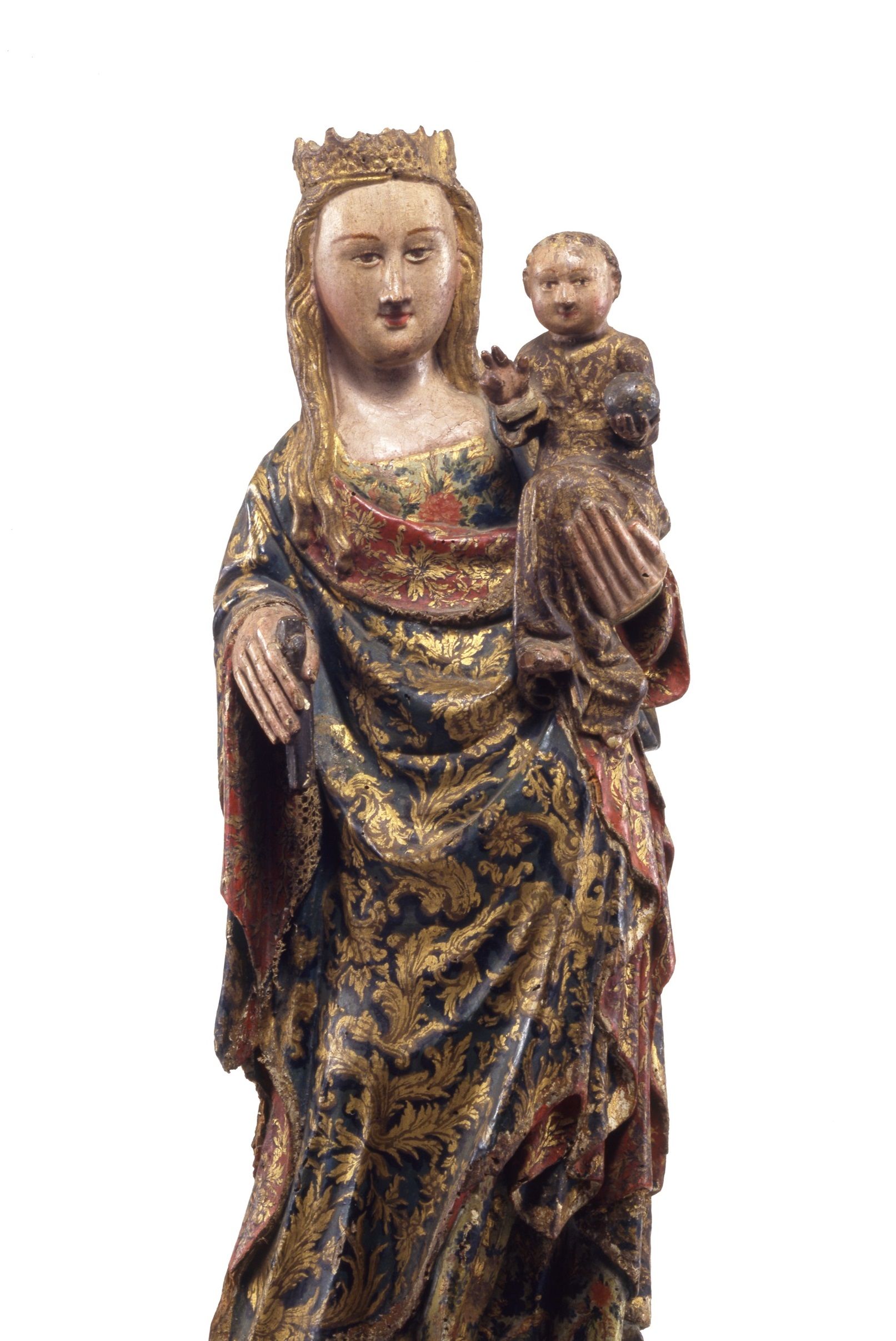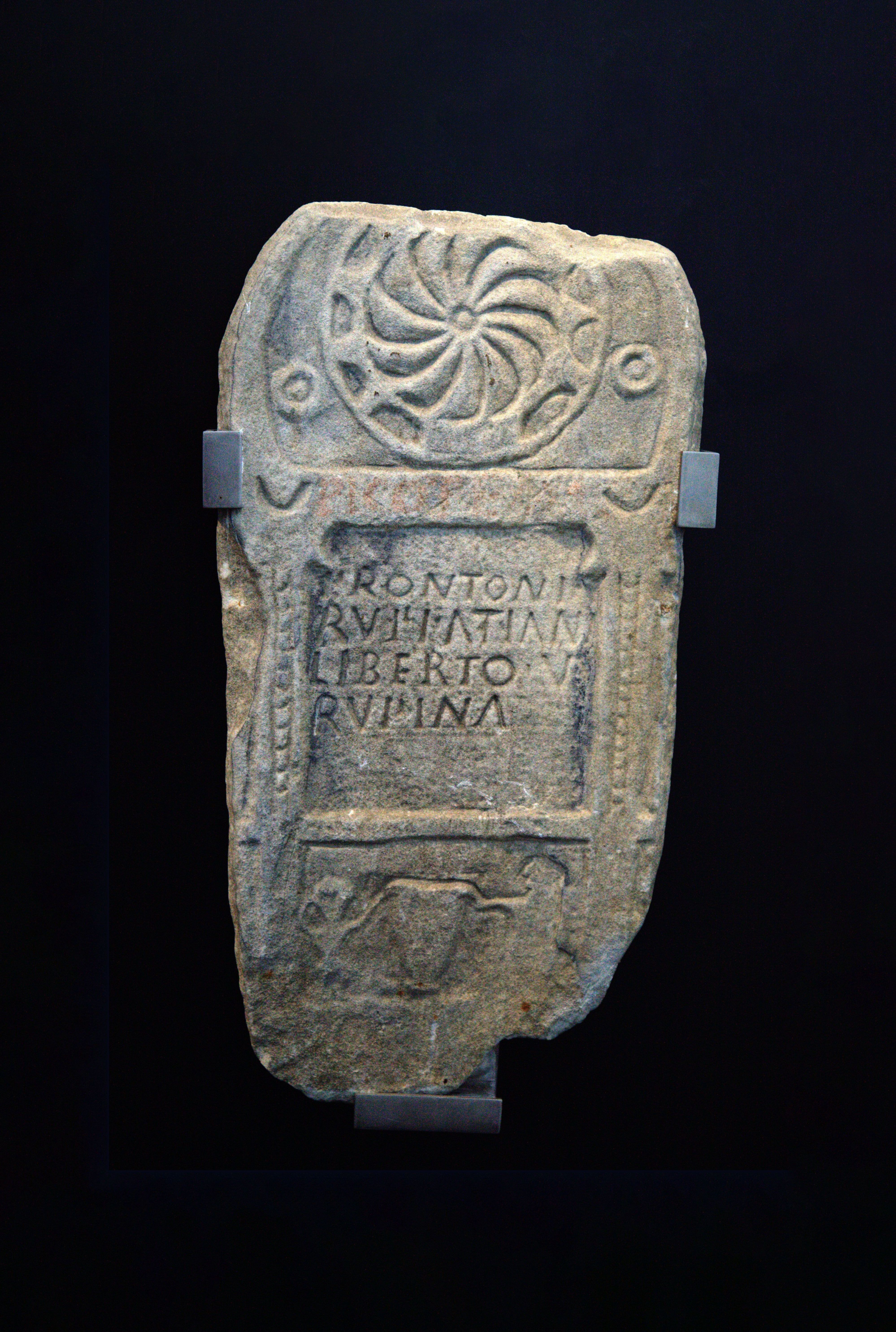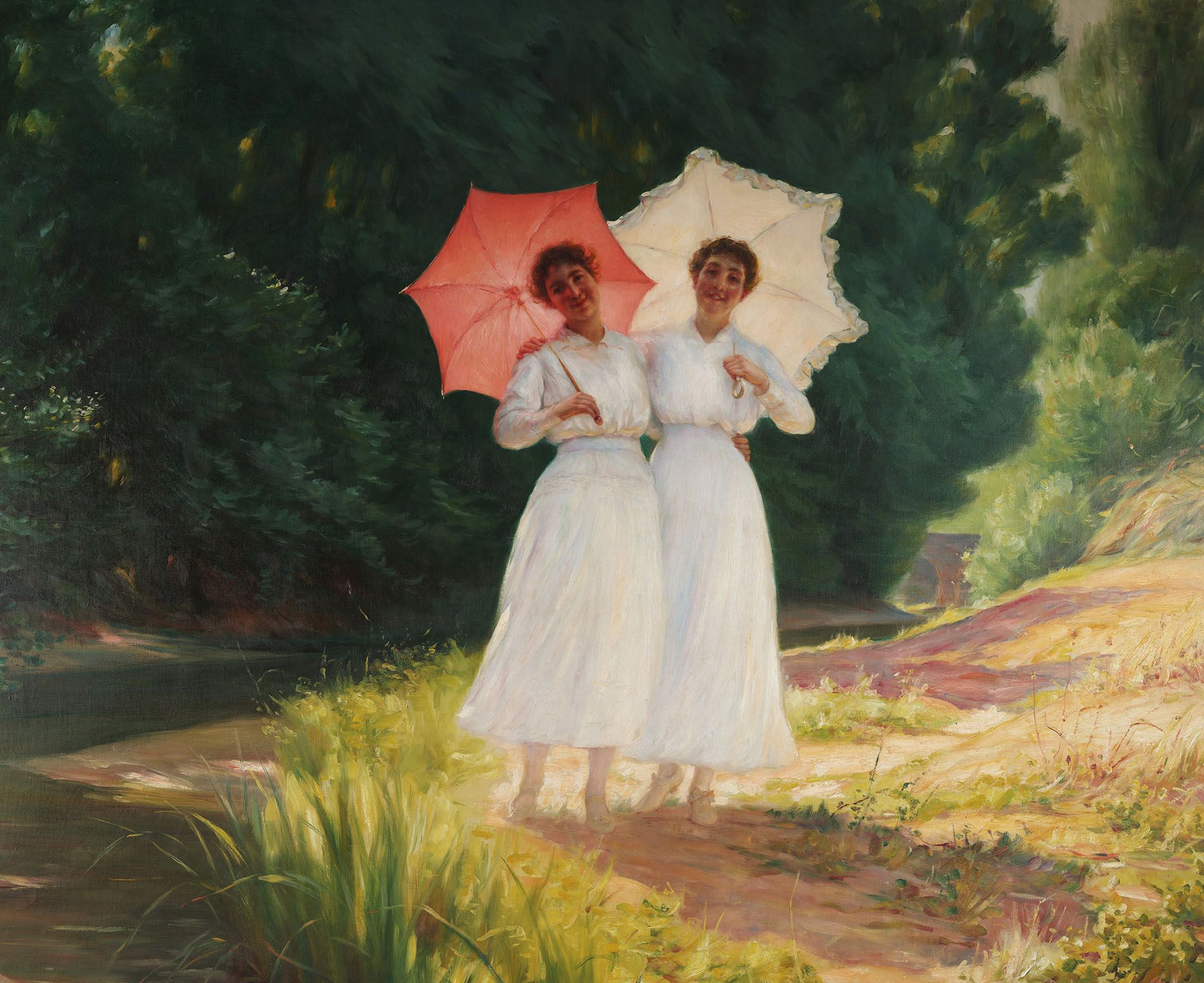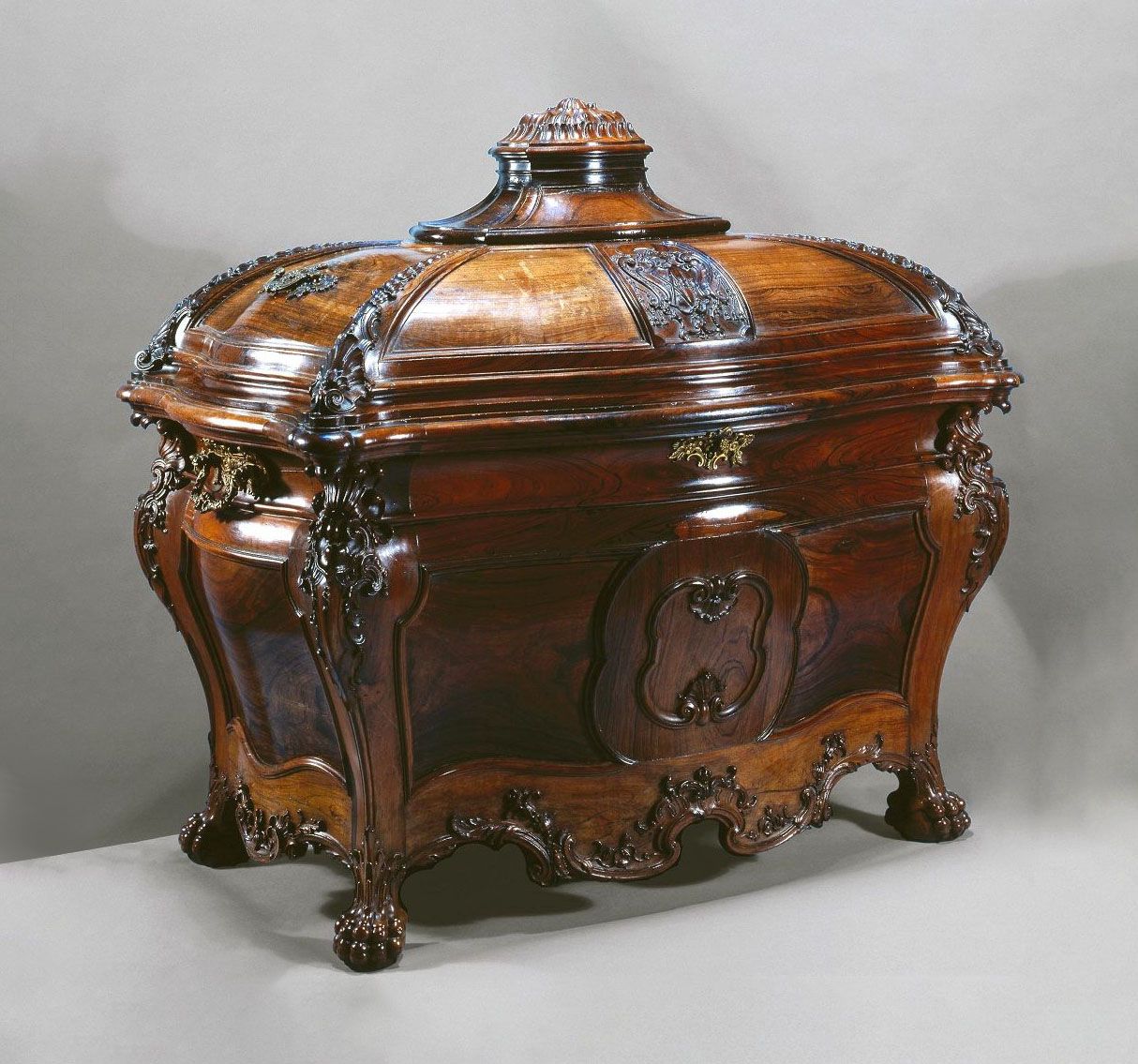The Abbot of Baçal Museum was created in 1915 under the designation of Regional Museum of Works of Art, Archaeological Pieces and Numismatics of Bragança. In 1935, it was renamed Abbot of Baçal Museum, in honor of the scholar, researcher and also director of the Museum between 1925 and 1935. Raul Teixeira, director of this museum between 1935 and 1955 played a major role in the projection and collection of a significant part of its acquis.
The permanent exhibition is spread across fourteen rooms and the collections under its custody showcase the history of the northeast of Trás-os-Montes. The Territorial Room provides an overall picture and establishes a first contact with this region of the country through ethnographic, historical and artistic elements. Here, we can watch the charters of the main settlements of Trás-os-Montes or the papal bull that marks the creation of the Diocese of Miranda do Douro. The Abbot's Room plays tribute to the Museum's founders.
The Pre-Roman Archaeology Room and Romanization Room take us back to the most remote times of human communities, showing us how they have evolved over millennia.
The second floor invites us to visit the magnificent chapel of the old Episcopal Palace, unfolding in a succession of rooms where we can admire the legacies of Colonel Ramires (numismatics) and the Sá Vargas Family (jewellery and furniture), as well as the Cagigal collection (Portuguese faïence) and the assets acquired in public auctions when the Museum was created, a true patrimonial and artistic memory of the Diocese of Bragança-Miranda.
The last rooms introduce us to the painting collections. Gathered to a large extent by the intervention of Raul Teixeira, they are one of the most significant samples of naturalist painting in Portugal, with works by Silva Porto or Marques de Oliveira, but also given the existence of works by artists as significant as Veloso Salgado, Aurélia de Souza, José Malhoa or Sarah Affonso. It is also worth mentioning the significant collection of paintings by Abel Salazar, and the magnificent illustrations by Almada Negreiros for the works Fábulas and O Pórtico e a Nave, by Joaquim Manso.



